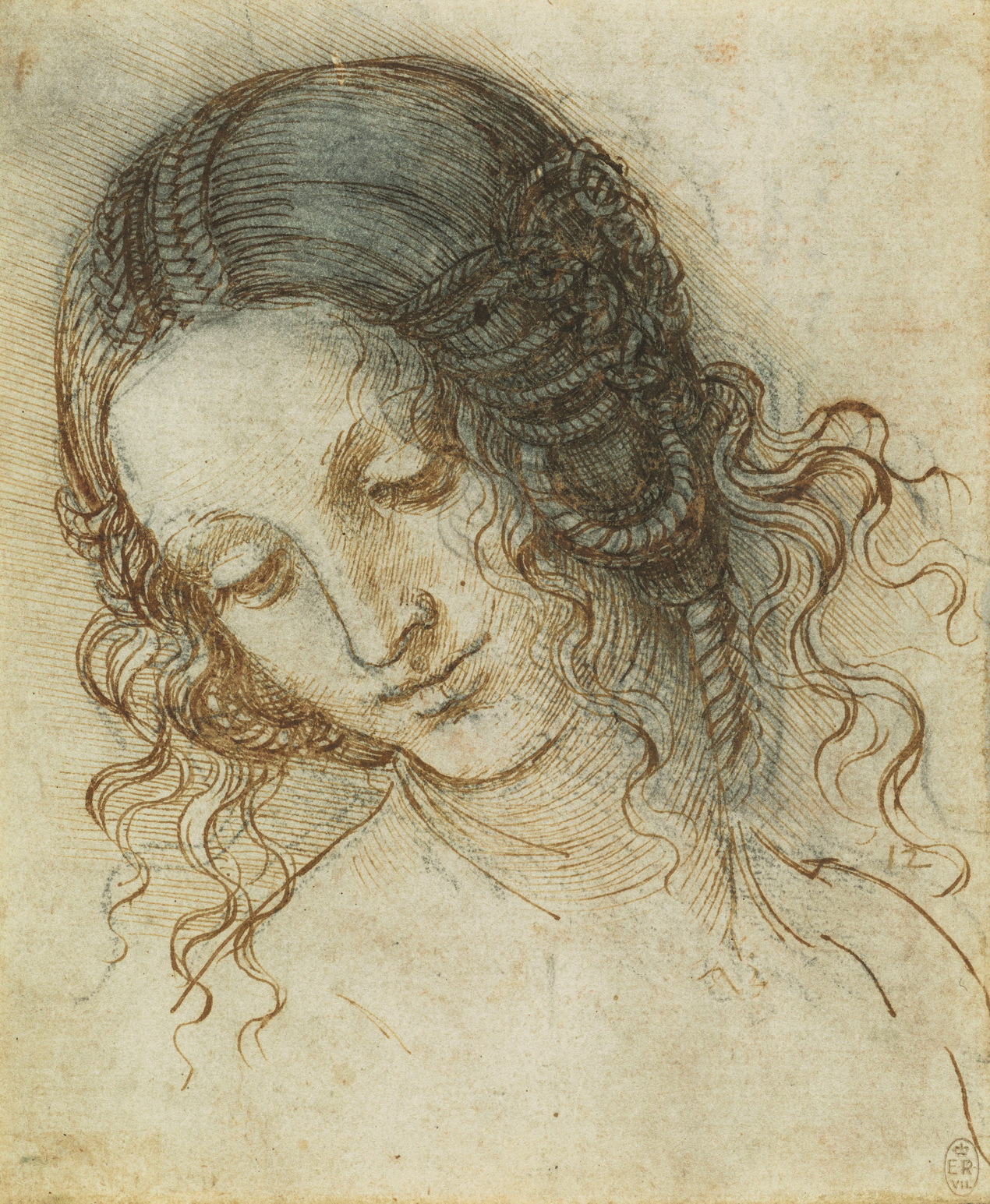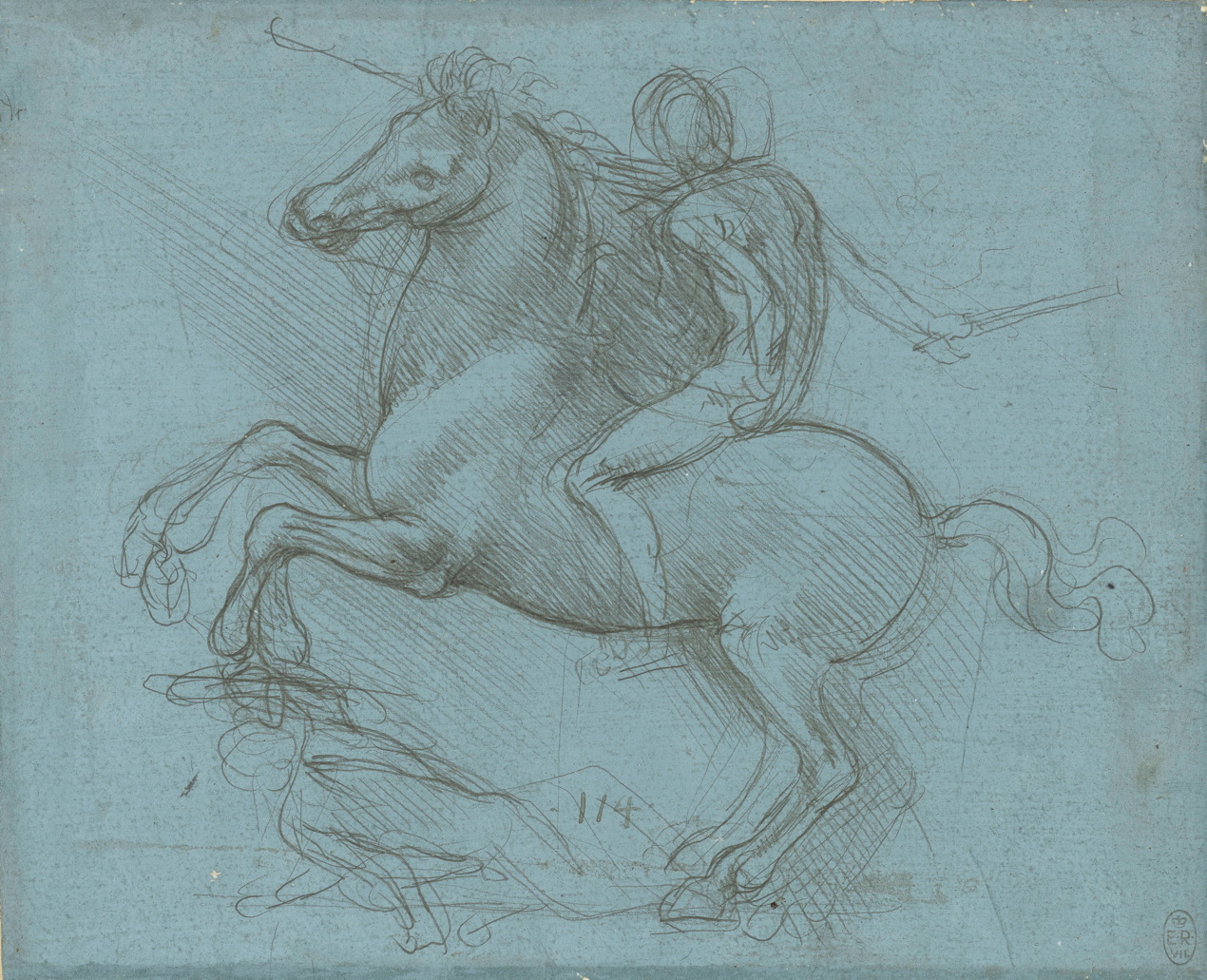Leonardo da Vinci: A Life in Drawing
Even though the galleries taking part in the Leonardo da Vinci 500th anniversary exhibition are getting only 12 drawings each, visitors will still get a sense of the whole of his achievements
For Manchester Art Gallery, it was Leonardo da Vinci’s drawings of the human form that appealed most, making a nice link with its strengths in painting of the 19th and 20th century.
For Leeds Art Gallery, close to the Henry Moore Institute, the Yorkshire Sculpture Park and the Hepworth Wakefield, the great Italian artist’s approach to sculpture was what stood out.
On the 500th anniversary of Leonardo’s death, 12 venues across the country – including not only Manchester and Leeds but the Walker Art Gallery in Liverpool and Sheffield’s Millennium Gallery – are displaying 12 drawings each from the Royal Collection’s remarkable collection of his work.
Taken together, the drawings reflect the full range of the Renaissance master’s interests painting, sculpture, architecture, music, anatomy, engineering, cartography, geology and botany. But the novel approach to staging the exhibition doesn’t mean viewers at one gallery will only get a partial glimpse of his achievements, insists Martin Clayton, head of prints and drawings at the Royal Collection Trust.
Each theme has been interpreted widely, he says, and there are a number of different drawing methods on show. Leonardo, a great experimenter, used “all the limited number of techniques available” at the time.
“You can do a hell of a lot with 12 of his drawings – you can get a sense of the whole,” says Clayton.
At the Walker, the drawings include The Head of Leda, depicting the elaborate, intricately braided hairstyle of the figure from Greek mythology. Also on display will be the artist’s metalpoint study of a horse, used to help him to build a clay model for a large bronze monument commissioned by the ruler of Milan.

Sheffield has The Head of St Philip, a study for The Last Supper. The exhibition also features his anatomical drawings and observations of the movement of water.
None of Leonardo’s sculptures or architecture still exists and The Last Supper was deteriorating even as he painted it. But the drawings in this collection have been together since his death, and have passed through few hands, says Clayton – from artist to pupil to the Earl of Arundel, a noted art collector, and then, after an undocumented hiatus in the English Civil War, on to Charles II.
“They are in fantastic condition – just as he saw them,” says Clayton, pointing to the contrasting condition of his paintings, their frames and layers of paint often extensively restored.
“Another difference is that his paintings were on certain subjects but the drawings touched on every aspect of his work. There is a tendency to think of him as a painter who invented things such as flying machines but in fact he was an all-purpose artist-designer.
“Through this exhibition we can challenge that rather distorted view and know who he was and what he achieved.”
In the 20th century the writer CP Snow lamented the separation of the two cultures of science and humanities in western society. Nearly 500 years previously, Leonardo was having none of it.
Clayton says putting the exhibition together reminded him once more of how important Leonardo’s creative side was to scientific understanding.
“In his last 20 years particularly he would have emphasised his scientific side. Creativity in sciences is so crucial. Britain must embrace the creative side of its industrial future.
“The 20th century split between arts and science would have made no sense to him but hopefully we’re getting over that now.”
Leonardo da Vinci: A Life in Drawing is at various galleries until 6 May (rct.uk)

Leave a reply
Your email address will not be published.